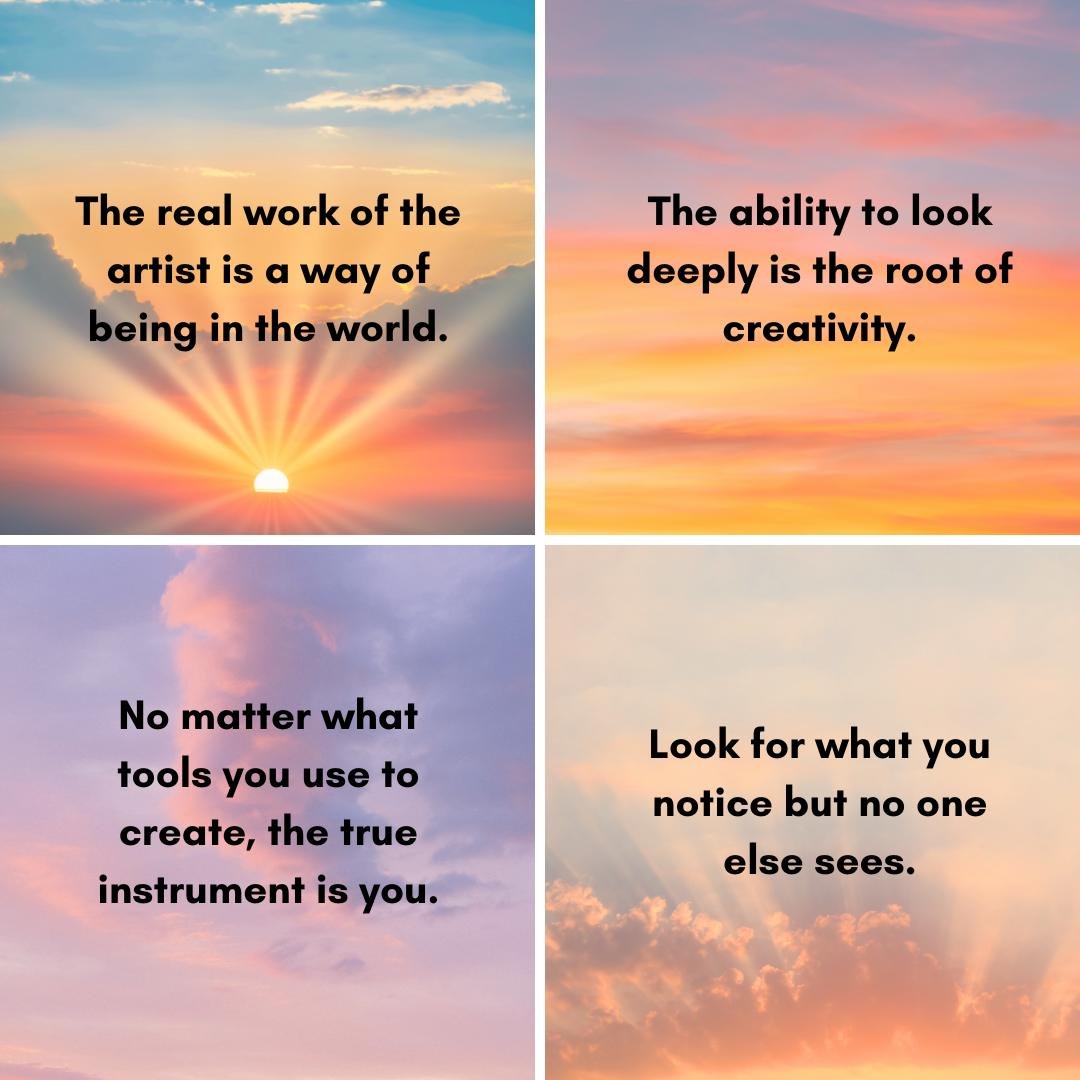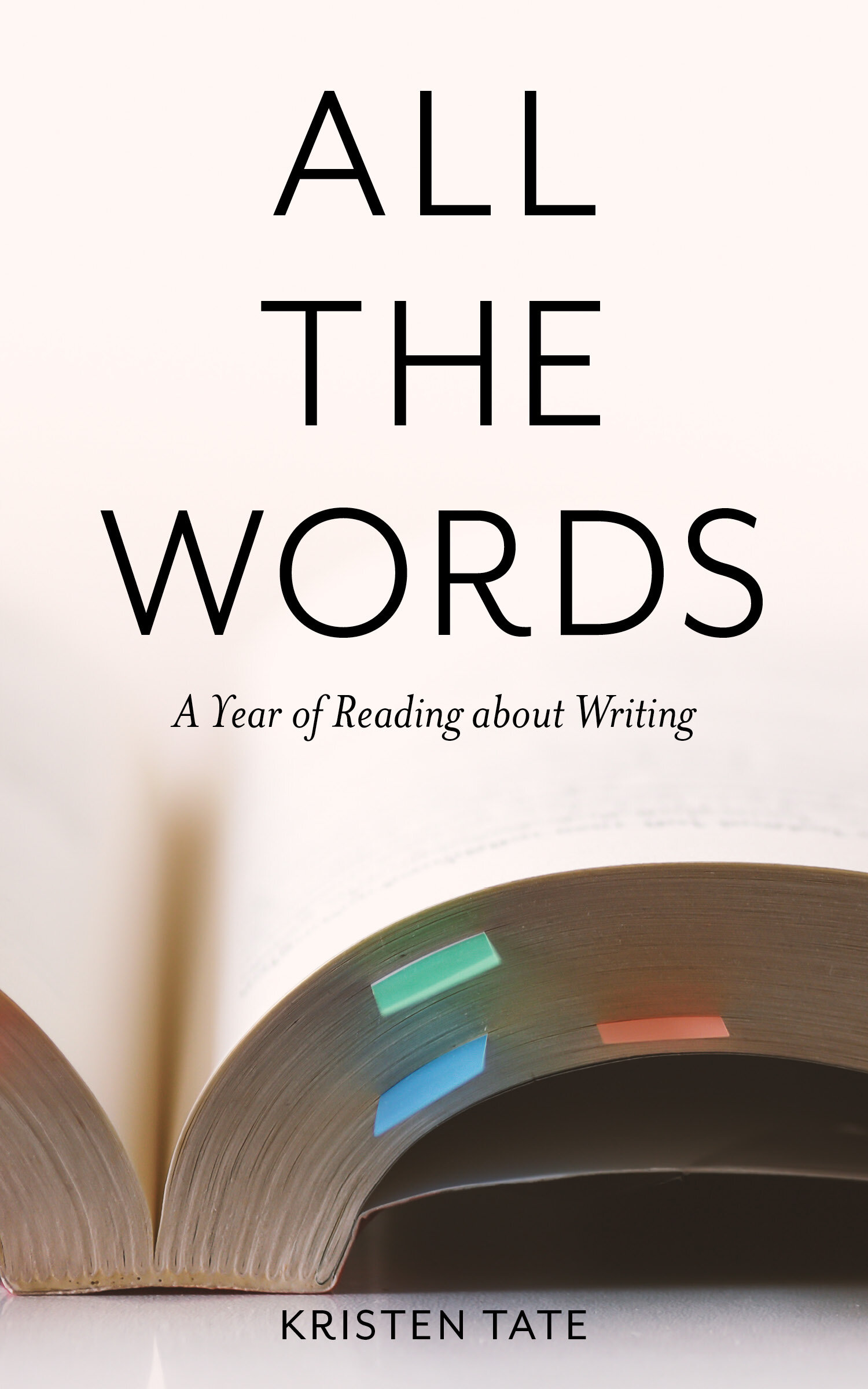The Creative Act, by Rick Rubin
My reading experience of Rick Rubin’s The Creative Act was full of plot twists. I was initially attracted to it because I love music, and I admire Rick Rubin’s work as a producer. (For example, check out Johnny Cash’s haunting cover of the Nine Inch Nails song “Hurt” as just one example of what Rubin has achieved.) I also find that books about creativity from authors whose primary discipline is not writing often deliver fresh ways of thinking through familiar problems. (Twyla Tharp’s book The Creative Habit is a great example—read my review.)
But when I began reading, I felt like I was drowning in a sticky sea of vague aphorisms. I could picture the sentences scrolling by on an endless Instagram feed, layered over soft-focus photos of sunsets and ocean waves.
Rick Rubin #creativity #inspo: “The real work of the artist is a way of being in the world.” “The ability to look deeply is the root of creativity.” “No matter what tools you use to create, the true instrument is you.” “Look for what you notice but no one else sees.”
Where was Rubin in all this? How could I trust this disembodied wisdom without understanding how it was earned?
Rubin never does provide that autobiographical hook, but he ultimately pulled me in with something else: a challenge to the very kind of disengaged reading I was performing of his text. Here’s the passage that got me:
When the listener is totally present, the speaker often communicates differently. Most people aren’t used to being fully heard, and it can be jarring for them.
Sometimes we block the flow of information being offered and compromise true listening. Our critical mind may kick in, taking note of what we agree with and what we don’t, or what we like and dislike. We may look for reasons to distrust the speaker or make them wrong.
Formulating an opinion is not listening. Neither is preparing a response, or defending our position or attacking another’s. To listen impatiently is to hear nothing at all.
Listening is suspending disbelief.
As a reader, I had been refusing to suspend my disbelief. I’d been reading the book with an eye toward writing this review—using my critical mind, not a mind open to following wherever the author might lead.
Once I had that epiphany, I was able to slow down and read the book on its own terms. Rubin does build depth for precepts like those I quote above, although he does so in a circular, recursive way, riffing on the same topics again and again but coming at them from a slightly different angle each time. (For nonfiction writers and editors, I think the structure of this book would be a very useful example to study alongside Jane Alison’s Meander, Spiral, Explode: Design and Pattern in Narrative.)
At the heart of the book, Rubin discusses the phases of a creative project, which he calls the Seed phase, the Experimentation phase, the Craft phase, and the Completion phase. Let’s look briefly at what he has to say about each one.
The Seed Phase
A seed can be any bit of creative inspiration that might generate into a larger project. For writers a seed might be a specific emotion to explore, a setting idea, some revelation about human nature, a bit of plot, a character sketch. Rubin’s most helpful advice here is to simply collect and water at this stage and see what germinates and takes root: “As the seeds arrive, forming conclusions about their value or fate can get in the way of their natural potential.” He also notes that when you do get to the stage of deciding which seed to focus on, it will be easier to choose when you have a lot of options in front of you. If you have just one seed, how can you know it is the best?
The Experimentation Phase
In this phase, though you are now focused on a single seed, you are still exploring different ways of developing it. Use generative techniques like asking “what if” questions to try out various possibilities. Here again, Rubin argues against deciding on a specific direction too quickly: “In this phase, we are not looking at which iteration progresses the quickest or furthest, but which holds the most promise. We focus on the flourishing and wait to prune. We generate possibilities instead of eliminating them.”
The Craft Phase
According to Rubin, this phase is where the serious work begins, where “we need to look away from the open field and turn toward a winding staircase a hundred stories tall.” He has two cautions for this phase: First, he warns that if artists stay too long in the crafting phase for a single project, they might find that they change or times have changed before they get to the completion phase. Finishing one project and beginning the next is a way to respond to those changes. Second, he warns of the risks of “demo-itis,” when artists stick too closely to their first iteration of a project. To avoid this, he advises that artists limit their own exposure to their early drafts. Keep writing rather than rereading what you’ve already written. Rubin has an excellent list of ideas for “Breaking the Sameness” if you find yourself in a rut in this phase.
The Completion Phase
This phase involves a final polishing of the work before releasing it into the world and moving on to something else. Here, Rubin counsels artists to battle against the drive to perfection: “When you believe the work before you is the single piece that will forever define you, it’s difficult to let it go.” But after this work is another—a fresh chance to see what you can make. He also reminds us that we are ultimately the most important audience for our own work: “In the end, you are the only one who has to love it. This work is for you.”
Rubin notes that these stages might not always be linear. Some projects will require you to go back to the Experimentation phase if you discover during the Craft or Completion stage that something isn’t working. He cautions, however, that artists need to be wary of returning to an earlier stage not because the project needs it but because they want to experience that same kind of energy again. If this is the case, it’s better to start experimenting with a new project in tandem with crafting or completing work on your original project.
Editors reading The Creative Act will want to look closely at the “Let It Be” and “Cooperation” chapters, both of which have valuable advice about delivering and receiving criticism and working collaboratively. Developmental editors, in particular, will benefit from this sage advice:
First, do no harm.
This credo is the well-known guiding principle of the physician’s oath. Consider it a universal precept. If asked to participate in a fellow creator’s project, proceed delicately.
In its rough form, an early iteration of a work may hold an extraordinary magic. Above all this is to be protected. When working alongside others, keep the oath front of mind.
The Creative Act is a book that is best absorbed slowly, though not necessarily methodically. Its recursive structure lends itself to random browsing and brief sampling. (I originally read it as an ebook but have ordered a print copy so I can have it on hand for just this kind of reading.) Rubin’s detachment as an author may make it harder to initially engage with the book, but I think it ultimately leaves you more room as a reader to apply his lessons in the way best suited for your own work and creative practices.
Interested in more reviews of books about writing and creativity? Check out our Book Review page or Kristen’s book All the Words: A Year of Reading About Writing. You can read the first chapter and order a digital or paper copy from our shop.



